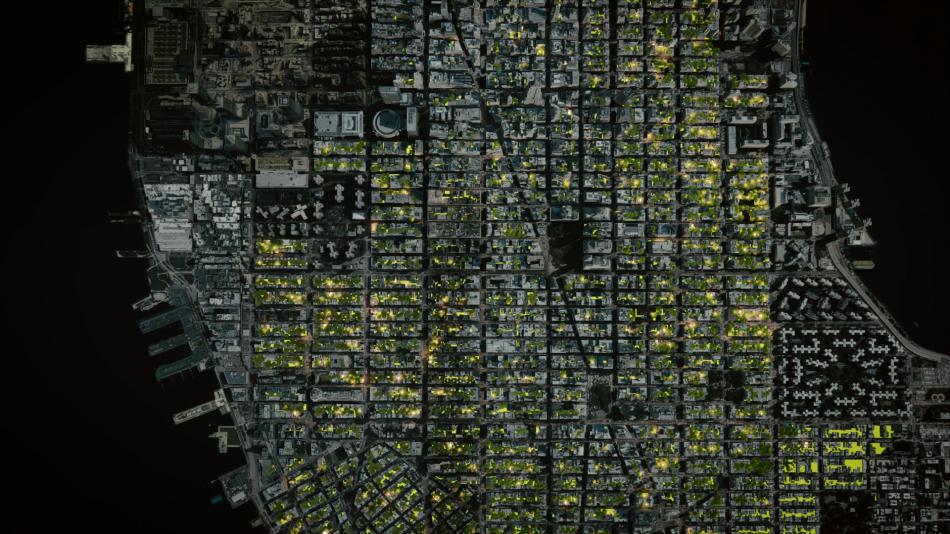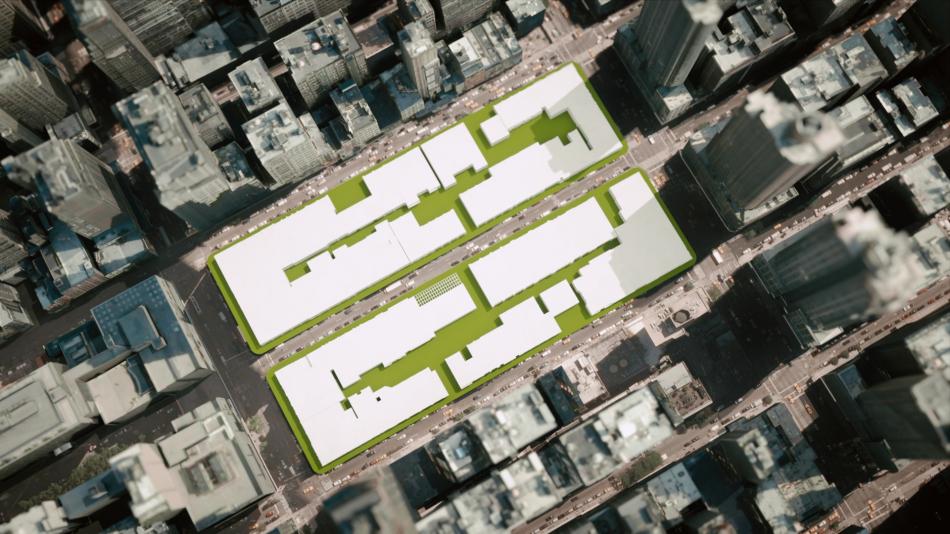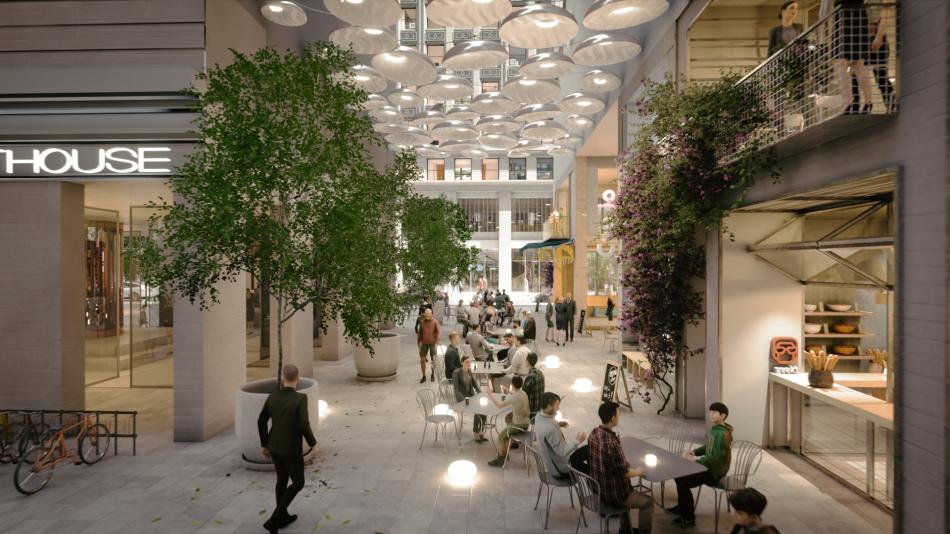Fast Company featured ODA’s socially conscious founder, Eran Chen's, innovative idea: What if NYC buildings opened their private, interior courtyard to the public to create outdoor dining, open spaces, or even car-free streets?
Chen’s proposal uses Chelsea’s Flower District as an example of how this idea could work. The Flower District, once a vibrant community with thriving street life, now a concrete jungle that is a shadow of its former self, has a very unique aspect: only the front of its buildings are actively used. Floral retailers use the front of buildings for sales but typically have over 100 feet of space, “that nobody knows what to do with” says Chen.
“Chen envisions that Manhattan’s blocks could be spliced through with a network of inner courtyards, almost like alleyways, that could be used for outdoor dining, public open space, or even a new kind of car-free street of pedestrian-focused storefronts. Gradually, as buildings are renovated or torn down for new development, these spaces could be opened up. With a few tweaks to the planning system and some building owners willing to try something new, the idea could gradually become reality.”
For every square footage of private courtyard a building opens to the public, the city could increase the building’s floor area ratio. That way the building owners could add stories to regain those square feet back. Chen presents this as a win-win-win (for the building, retailers, and public).
Linked interior public courtyards are quite common in old European cities' rabbit warren streets but in New York City, they’re virtually unheard of (except for a handful of linked pedestrian ways).
ODA has already tested this theory. The firm designed a semi-public courtyard in their Bushwick Denizen project, a 900-unit luxury rental development that has an almost 18,000-square-foot public park running through it. Denizen also has a series of semi-public courtyards that can be accessed by non-residents during the day.
Building on the urban philosopher Jane Jacobs’ “eyes on the street” theory, Chen believes that as these spaces are surrounded by the occupied building, there will be more eyes on the spaces which leads to a safer environment.
Chen knows convincing city officials will be a long haul but he is determined, saying, “To generate life, density is not enough.”
- ODA (Urbanize NYC)










